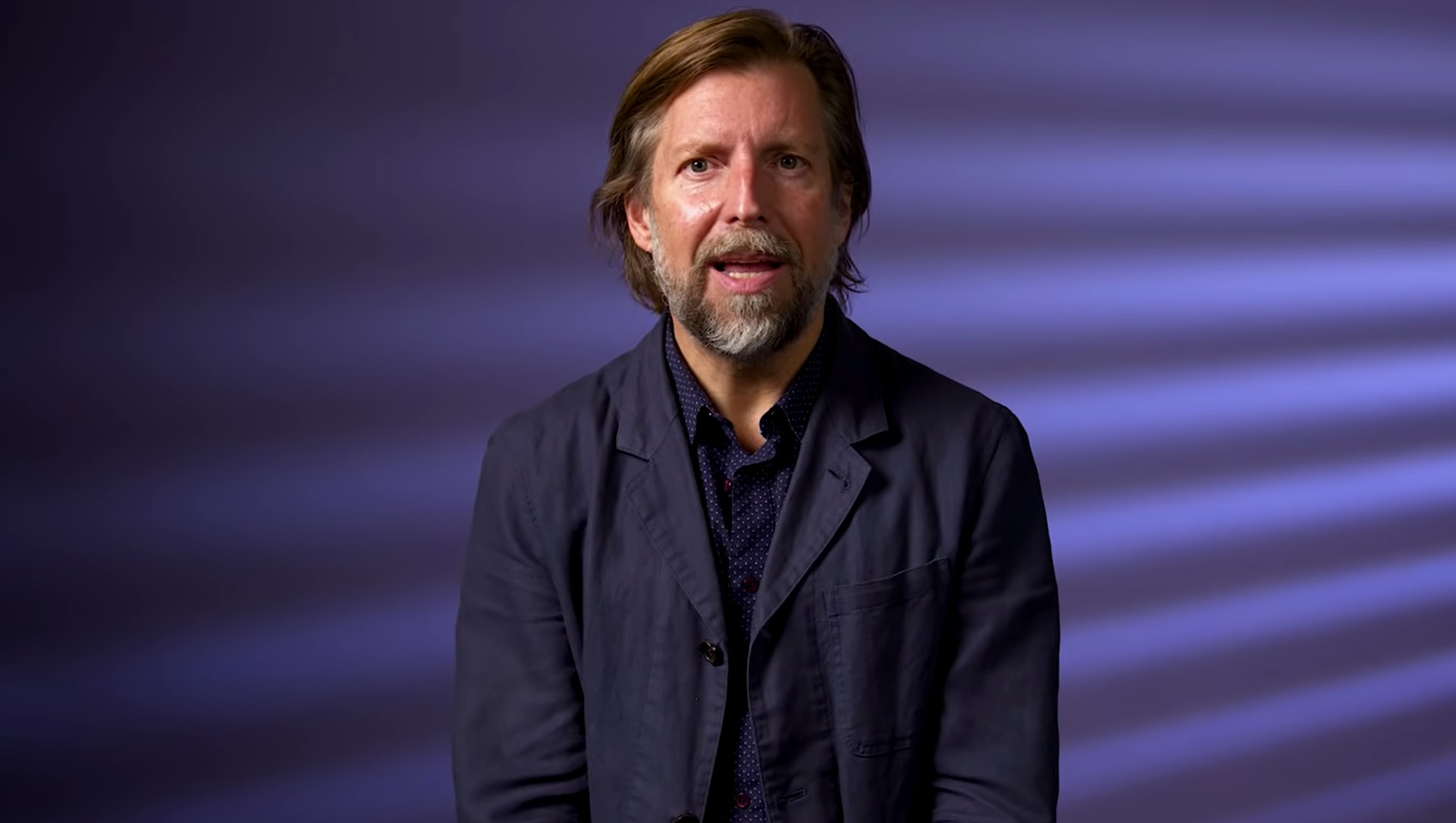Breath
Breath is Life
We breathe approximately 20,000 times a day, but usually not very well. Signs of dysfunction include chronic mouth breathing, abnormally rapid respiratory rates, unconscious breath holds, and regularly sighing and yawning.
We are also badly misinformed. The ‘conventional wisdom’ of taking a big breath to get more oxygen into our body and cells is in direct opposition to a well-established law of biochemistry (circa 1904). But with better breath intelligence and awareness, we can regain the power of our life-giving breath.

“If you breathe well, you will live long on Earth.”
Indian Proverb
Practice: Coherent Breathing
Prepare by sitting in an upright but relaxed posture. If you want to do some stretches first, or other light physical movement or self-massage, it’ll help relax your body and optimize breathing.
Coherent breathing (sometimes referred to as resonant breathing) is a balanced breath with each inhale and exhale approximately 5-6 seconds in length. Find a ‘coherent breathing’ video online (there are many styles and types, so you can take advantage of choosing one that fits your personal preference). Listen and breathe along. Usually, the recording has a bell or chime that prompts your inbreath and outbreath.
The longer and slower breath cycle may be difficult at first. You’ll be doing 5-6 breaths per minute (bpm), which should be significantly slower the the 10-12 bpm typical in a resting state (or 15+ bpm if your respiration rate is excessively rapid). So ease your way into a good rhythm without straining yourself. Start out with 3 minutes and work your way up to 10 minutes.
Breathe in and out through your nostrils. In addition, once you’ve found a good rhythm, ensure that you don’t take overly big breaths. Take in just enough air to maintain the rhythm of the breath cycle.
Why Breath?
Coherent breathing creates a relaxed but alert state. It can increase the capacity of the lungs, strengthen the diaphragm (the main breathing muscle), and stabilize your abdominal area and back. In addition, it can can improve vagal tone and heart rate variability, key indicators of good emotional and mental regulation.
The good news is, it’s free!
Ten minutes, once in the morning and again around bedtime.
No external barriers. It’s easy to learn and can be done virtually anywhere, without anyone noticing.
“Deep breathing is senseless, since it does not increase oxygenation of the arterial blood.”
Konstantin Buteyko, M.D., Ph.D.
Resources
The practice of using breath to fully integrate the body-mind has been around for millennia. The modern breathwork movement started in the 1960s with a few Americans hyperventilating in hot tub, and re-popularized some of the ancient practices.
More critically, science has begun to unravel the mysteries behind how breathing practices work, giving them more universal appeal. This work has been conducted by medical doctors including L.C. Lum, Konstantin Buteyko and Richard Brown, as well as other clinicians such as Carl Stough, Robert Fried and Peter Litchfield. In 2020, the bestselling Breath: The New Science of a Lost Art was published. Its author, James Nestor, offers simple and basic advice on how to improve breathing.
“You have only to comprehend the one breath that is the world.”
Chuang Tzu
